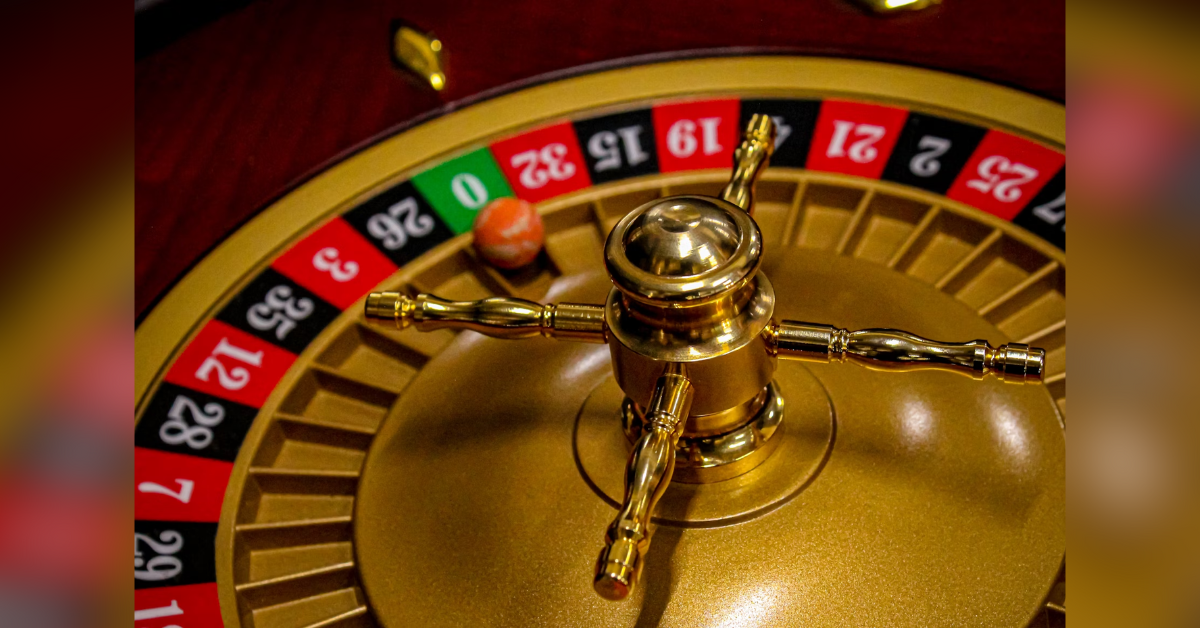Different Types of Smoke Residue: Why Different Cleaning Methods are Necessary

Nov. 6 2025, Published 2:26 a.m. ET
NYC residents enjoy many amenities and the life is happening. However, that does not mean they do not come across mishaps and unexpected hazards. Incidents of fire breakouts do occur, both at commercial and residential setups in NYC. After the fire is extinguished, there are other things to look into. The insurance formalities are in place, but you also need to consider the smoke damage.
The smoke can cause extensive damage to your property, and some of that may not be immediately visible. The smoke residue is there on furniture, walls, and surfaces everywhere. However, the residue can vary based on the type of fire breakout. For example, a fire in your kitchen creates an entirely different mess than an electrical fire affecting your basement! These require different types of restoration and cleanup. Without the correct method, you will end up spending more and damaging the property further.
Different types of smoke residue
After a fire, you may encounter various types of smoke residue in the affected rooms and areas.
- Fast-burning, high-temperature fires create dry smoke residue. This occurs when the room or setup contains a large amount of paper, wood, and other structural materials. It leads to the formation of a fine, powdery soot with a gray or black hue. It travels farther than other types.
- Food burning smell and soot can be tough to manage. It discolors varnishes and painted surfaces. The smell is quite unpleasant. Cleaning this residue needs specialized smoke damage restorationmethods.
- If the room has low oxygen and there is a smoldering fire, it leads to wet smoke residue. Wet smoke residue is sticky, thick, and has a strong odor, characterized by a black or dark brown color. It can be harder to remove from the affected surfaces. It gets into porous surfaces deeply.
- If the furnace in the setup catches fire, there can be fuel oil residue. This is a thick, black, sticky residue with a petroleum smell. It can be tough to remove and takes time too.
Choosing the proper cleanup method
As each type of fire leaves a specific kind of soot and traces of smoke damage, you must choose the proper cleanup method. Only veteran and reliable restoration entities can effectively address such cases. Professional restoration technicians first inspect a small part of the affected area to determine the appropriate methods and solutions. Based on the condition, they may choose from different types of alkaline, enzyme-based, or acidic cleaners.
Why DIY cleanup falls short?
Cleaning up affected rooms after a fire breakout and smoke damage can be very difficult. Regular household cleaners are suitable for removing everyday dirt, not fire residue. Additionally, using the wrong cleaner can cause residue to become more deeply ingrained in porous surfaces.
Final words

Top restoration service entities offer deodorization in addition to cleaning up smoke damage traces. A professionalhome restoration companywill always inspect the affected property and then determine the most suitable method for cleanup. They also guide customers on safety and precautions to take during such times.


